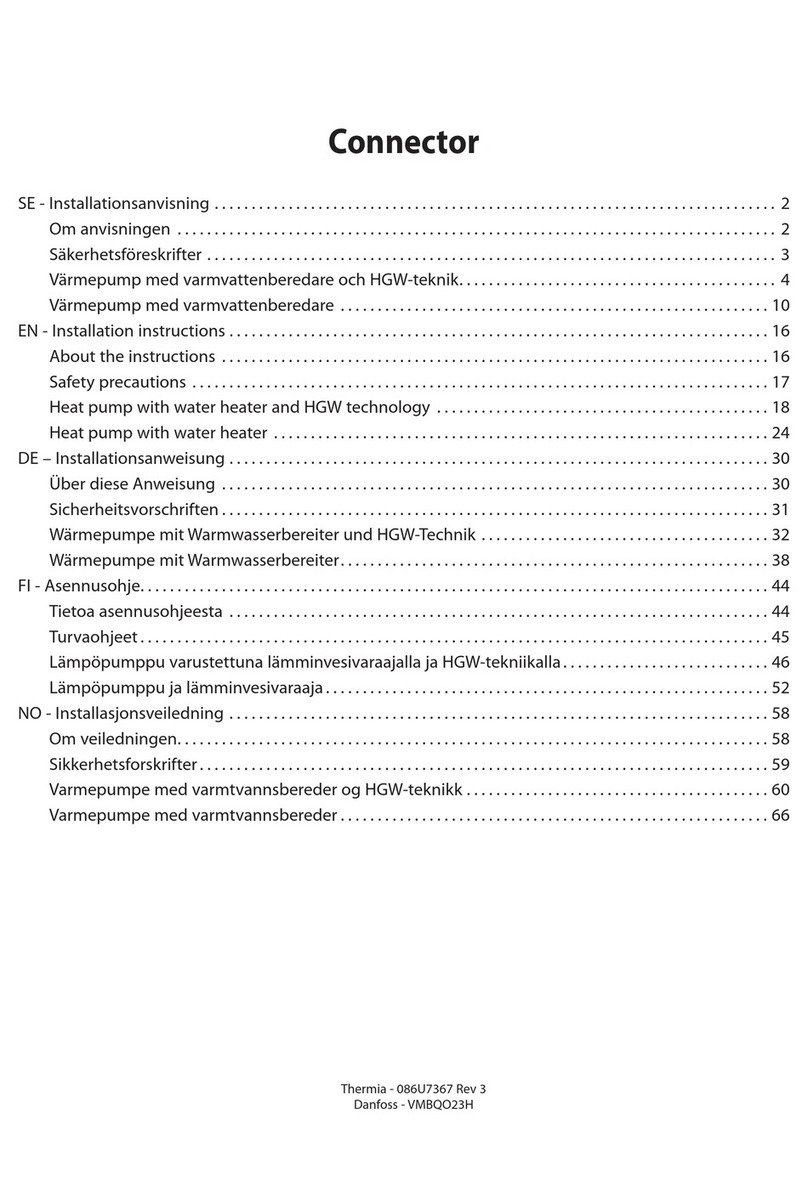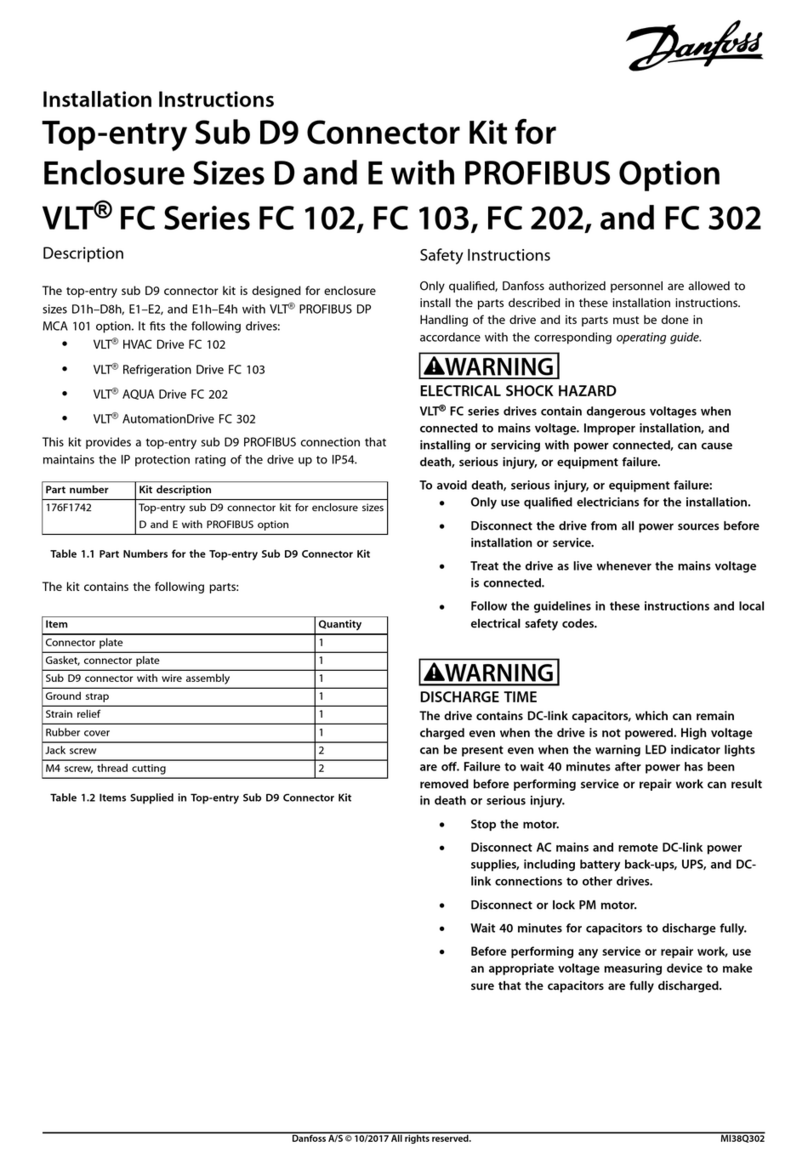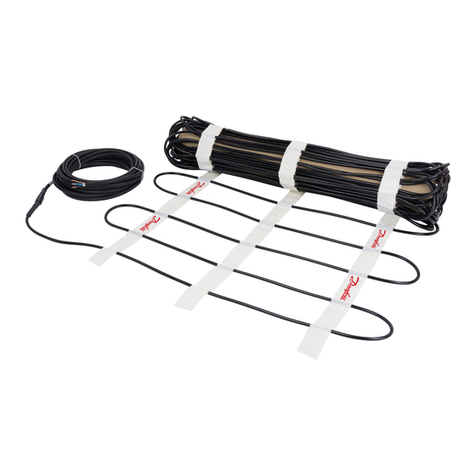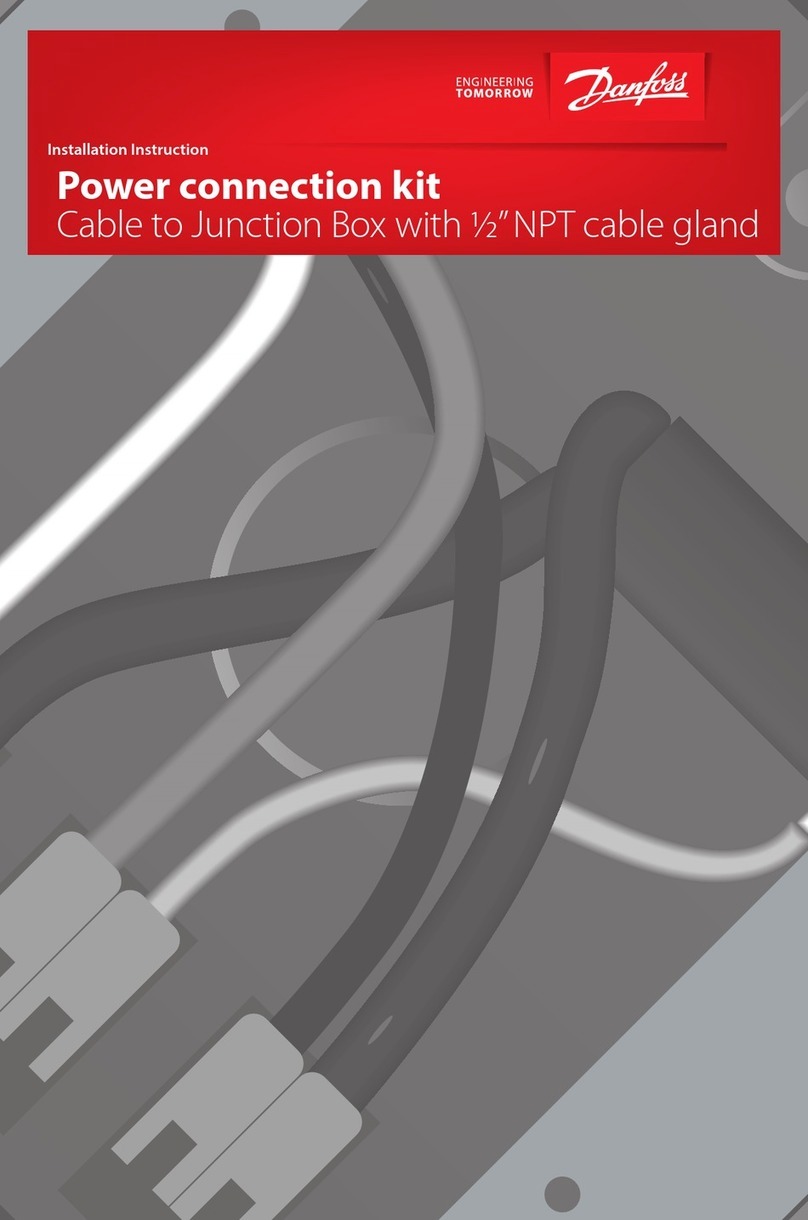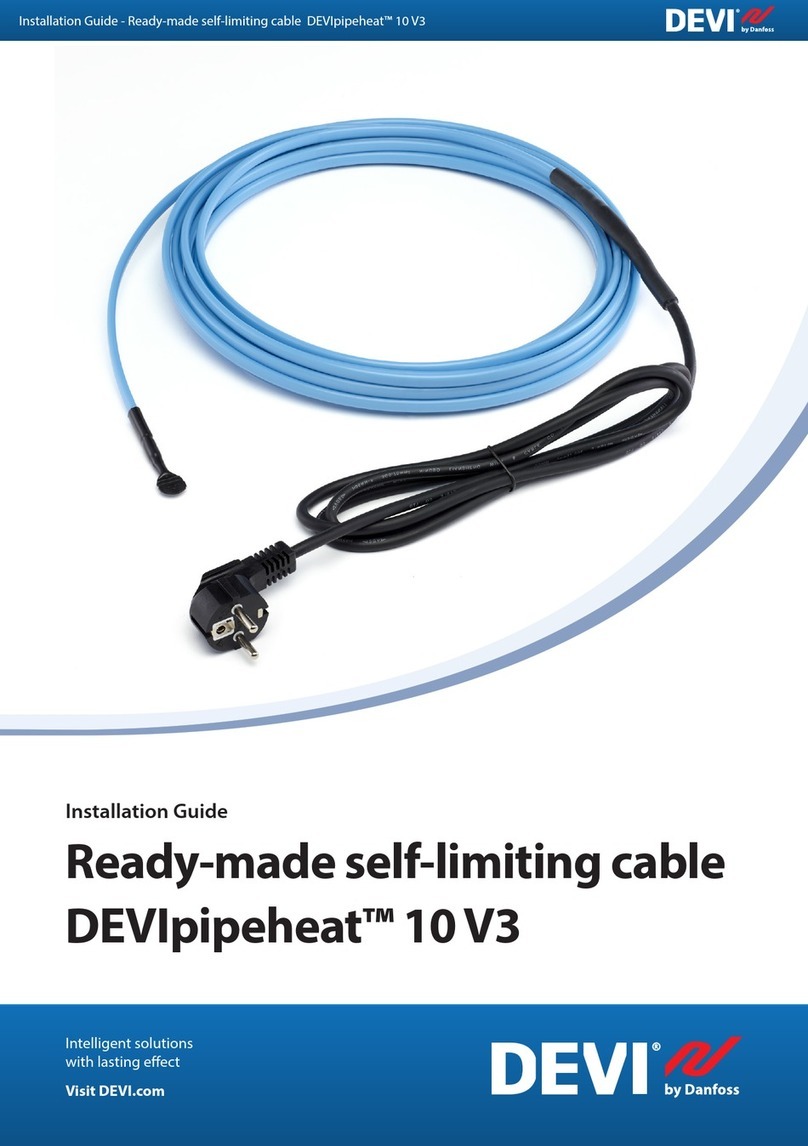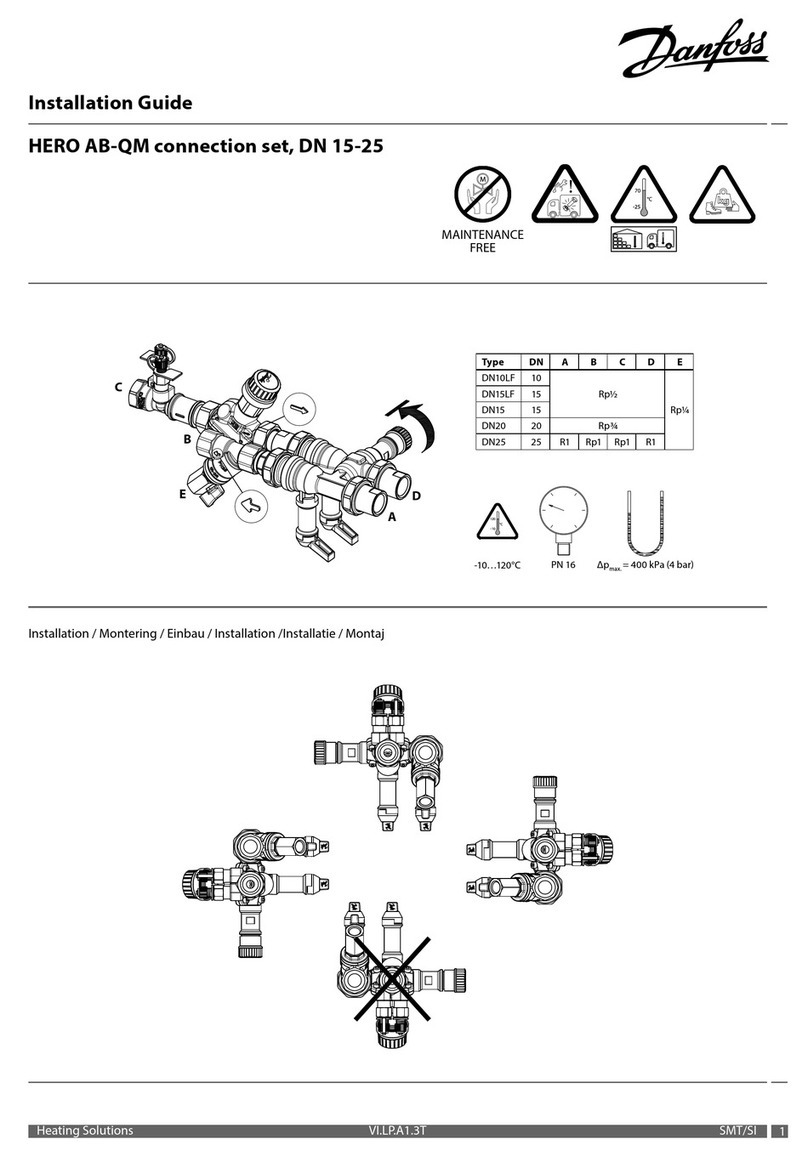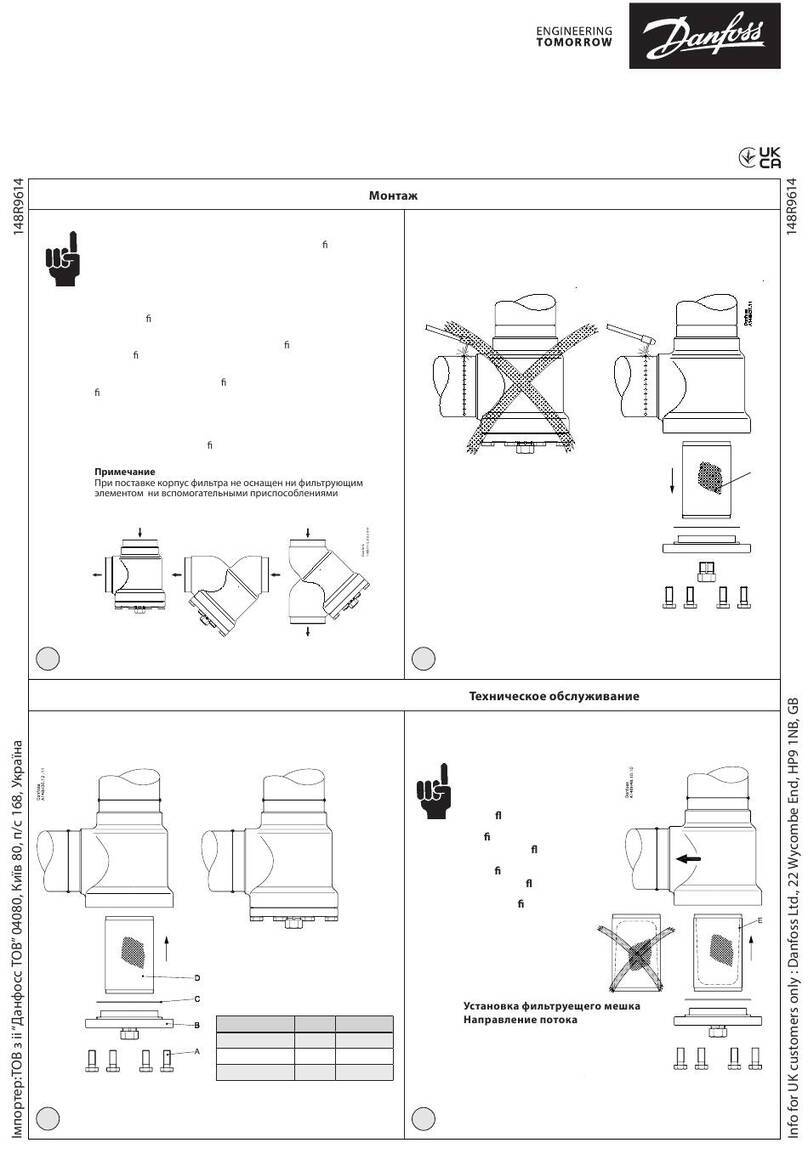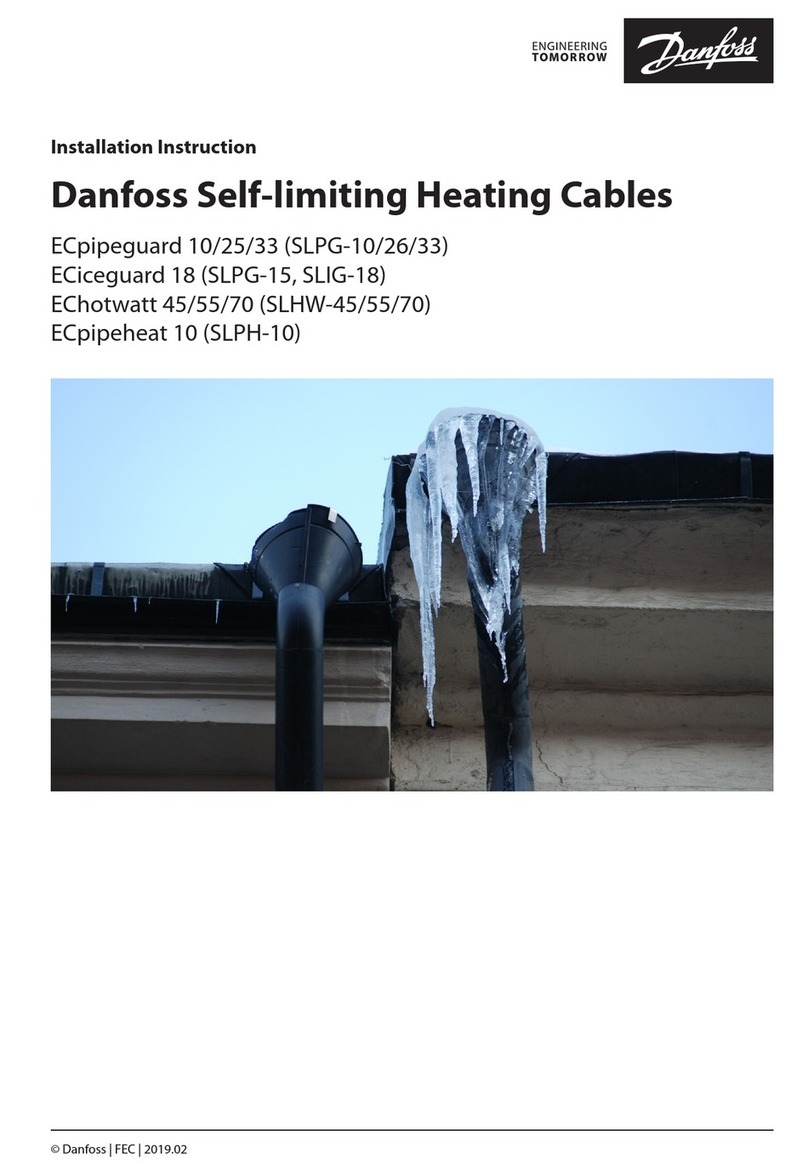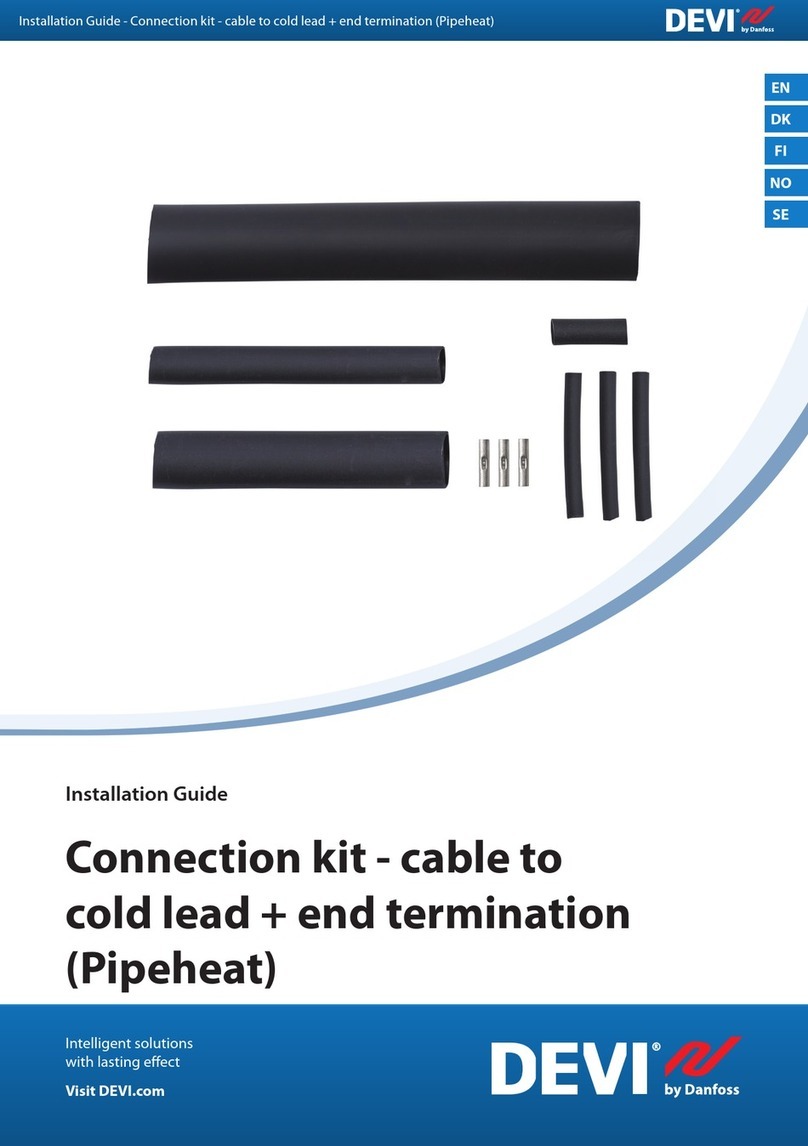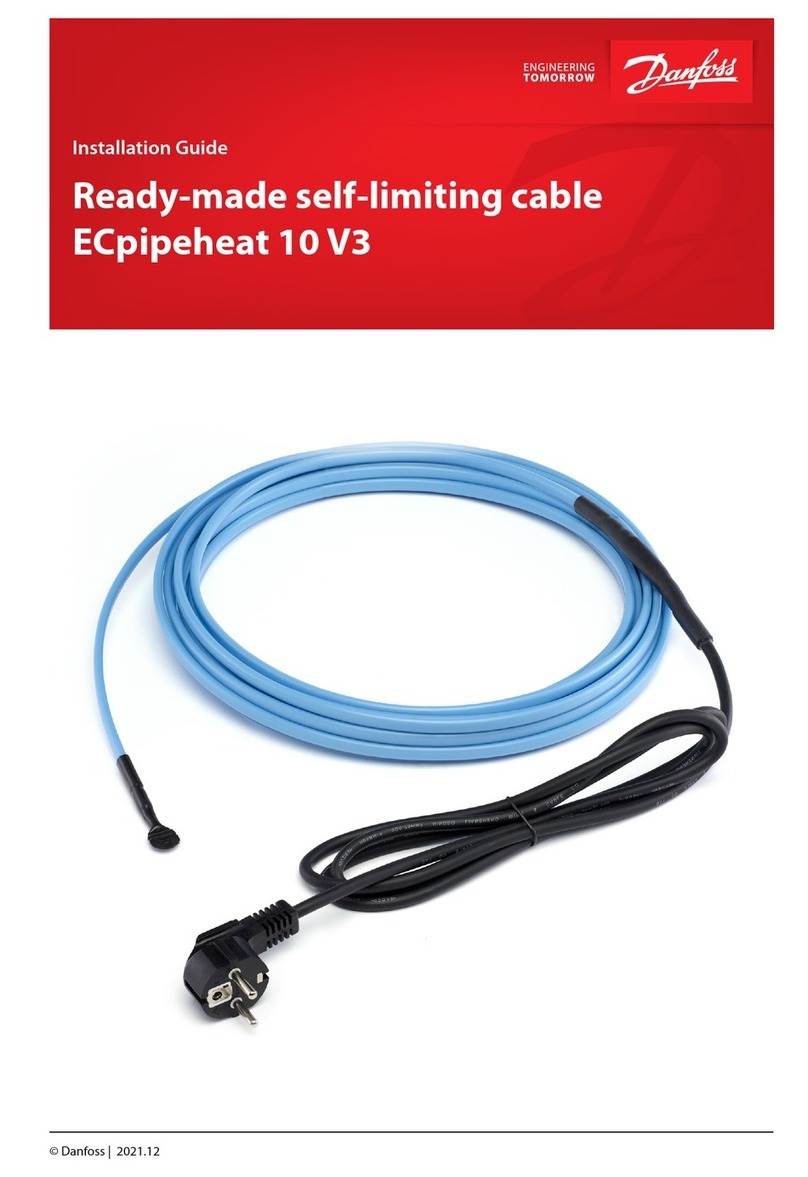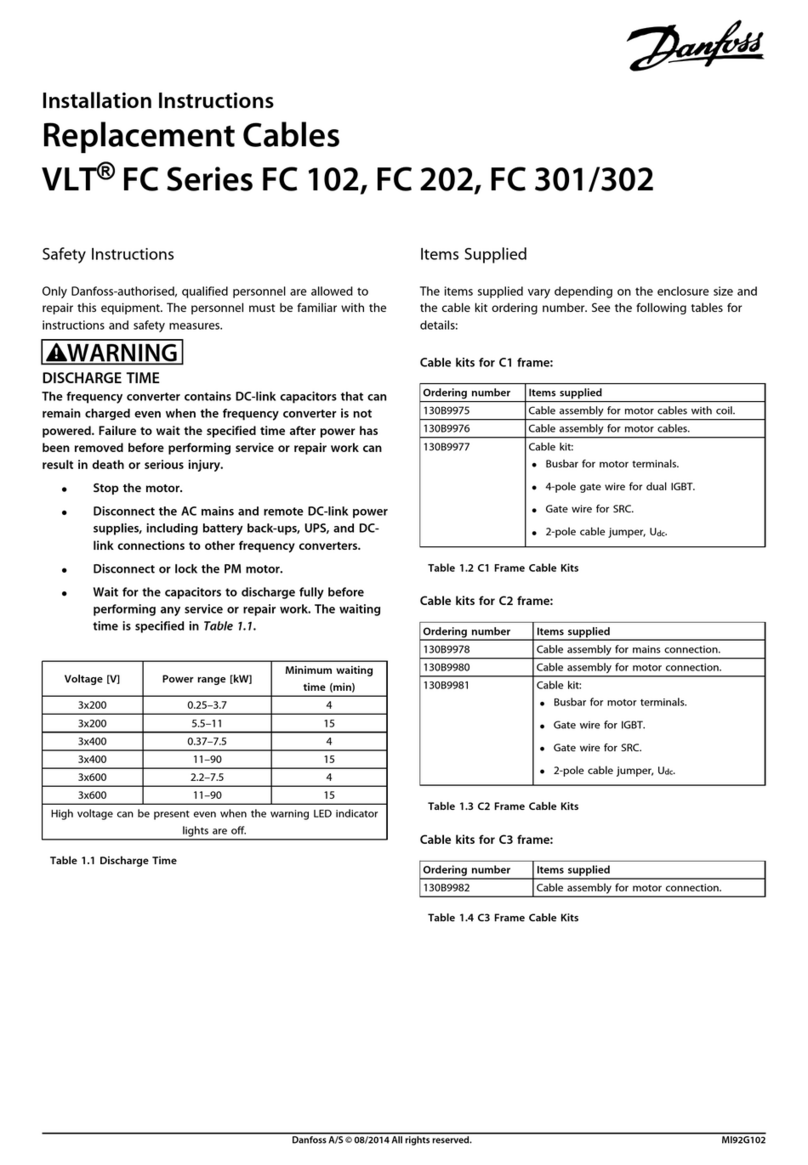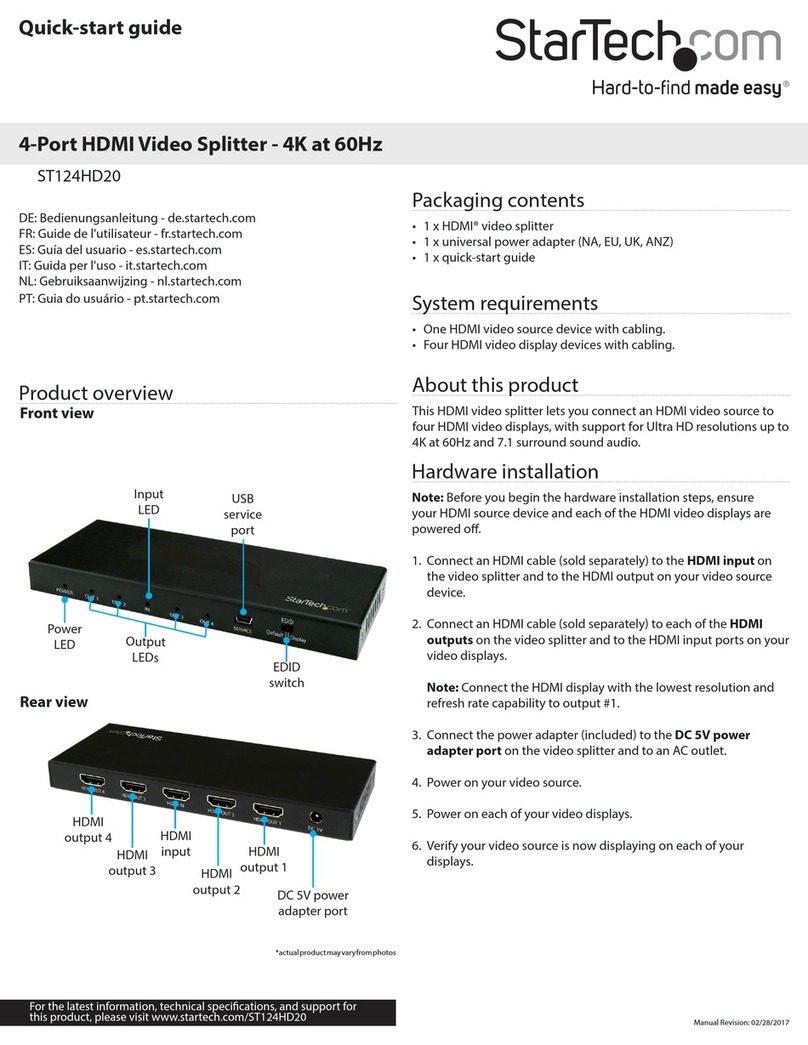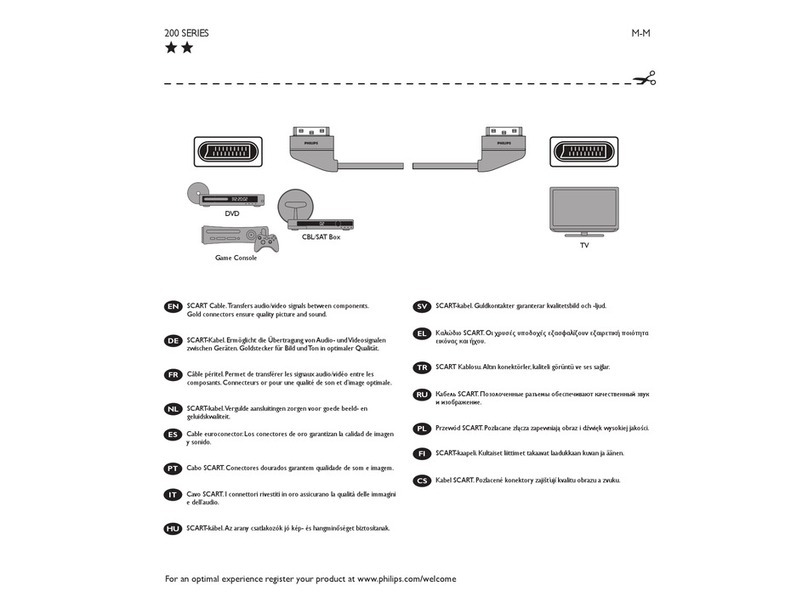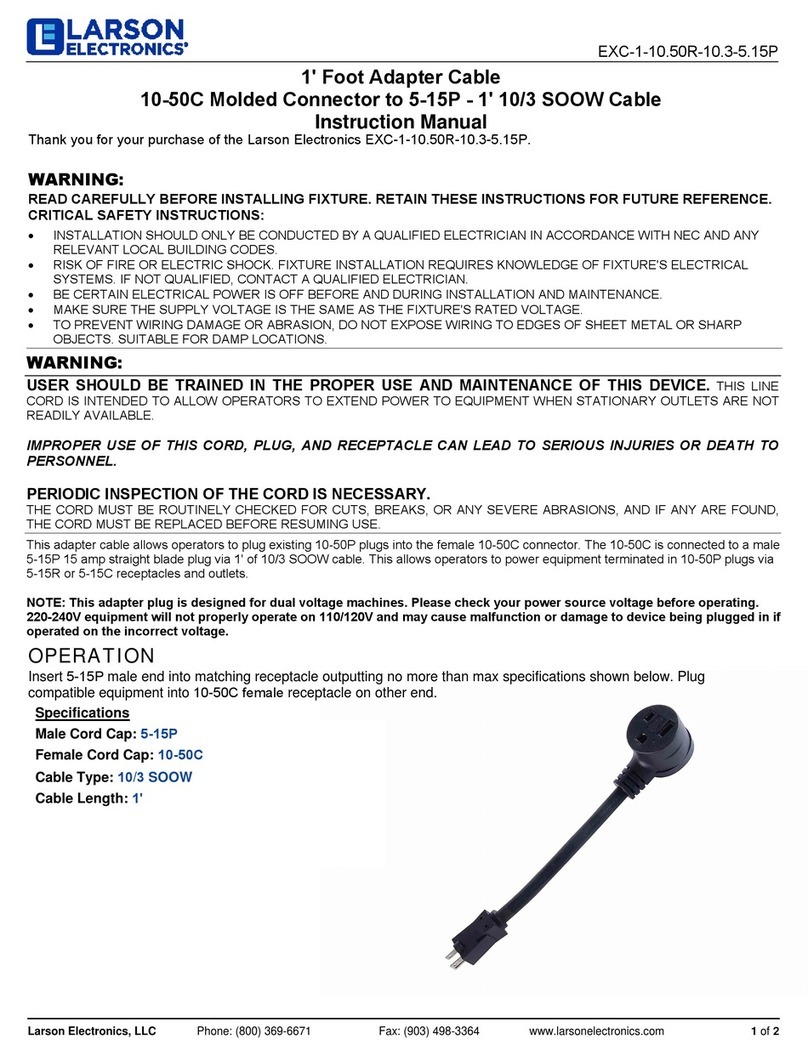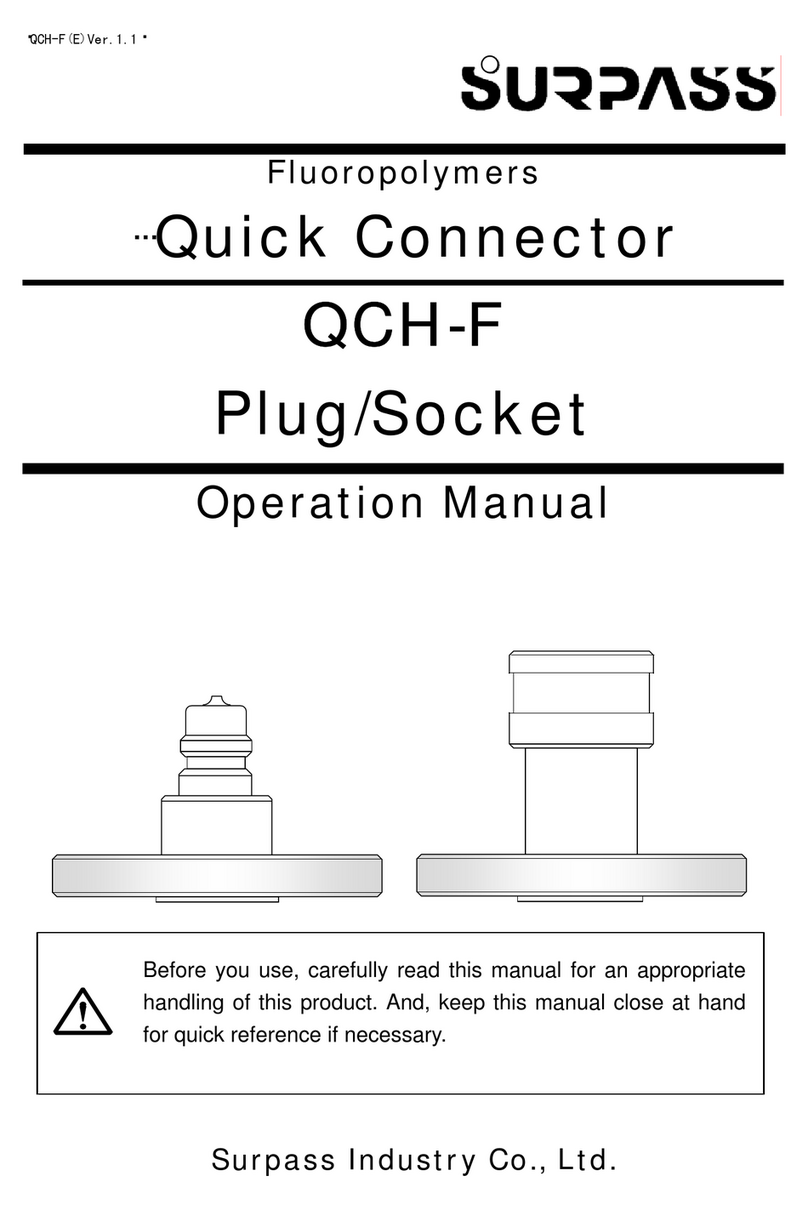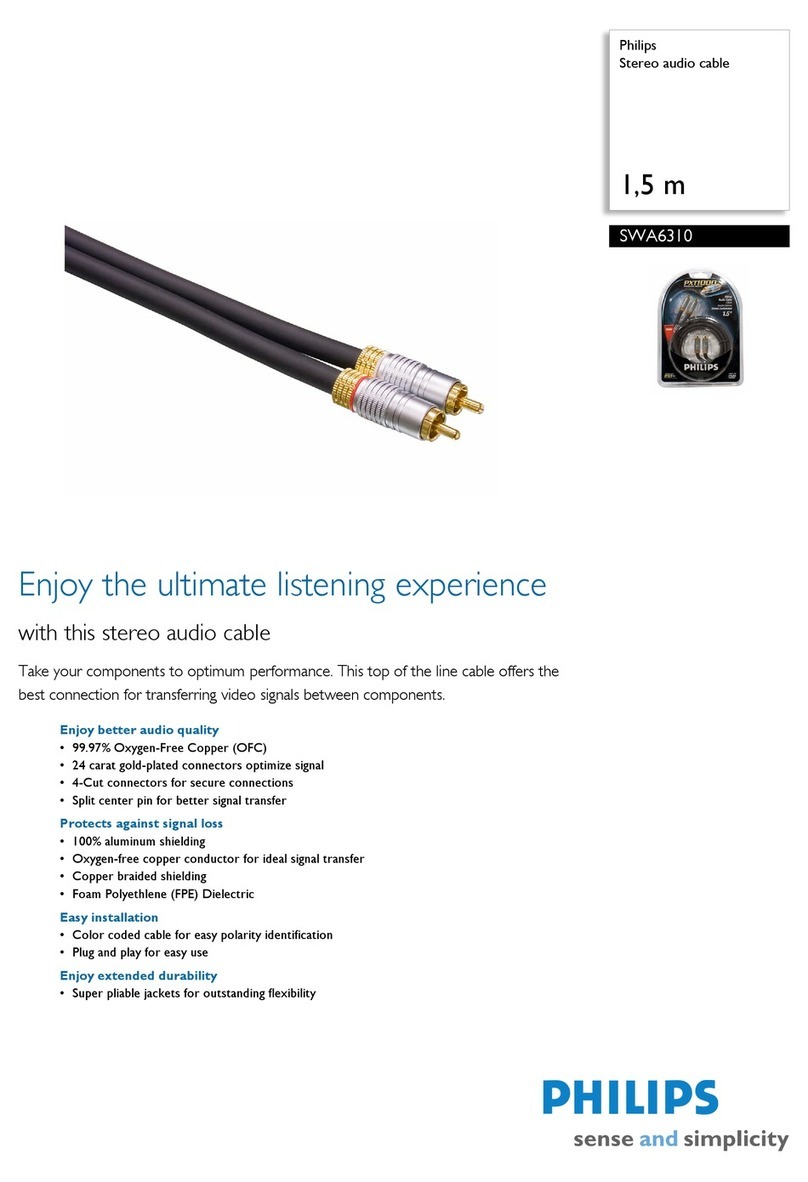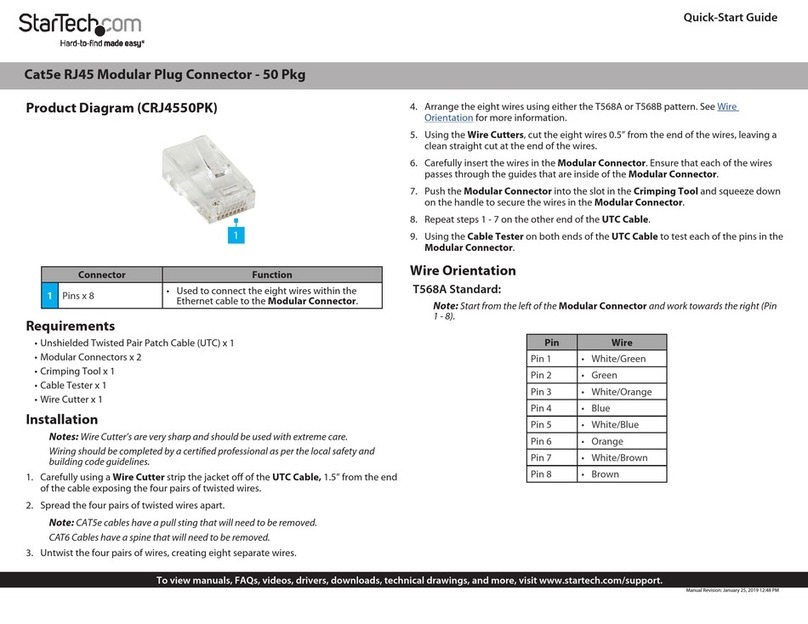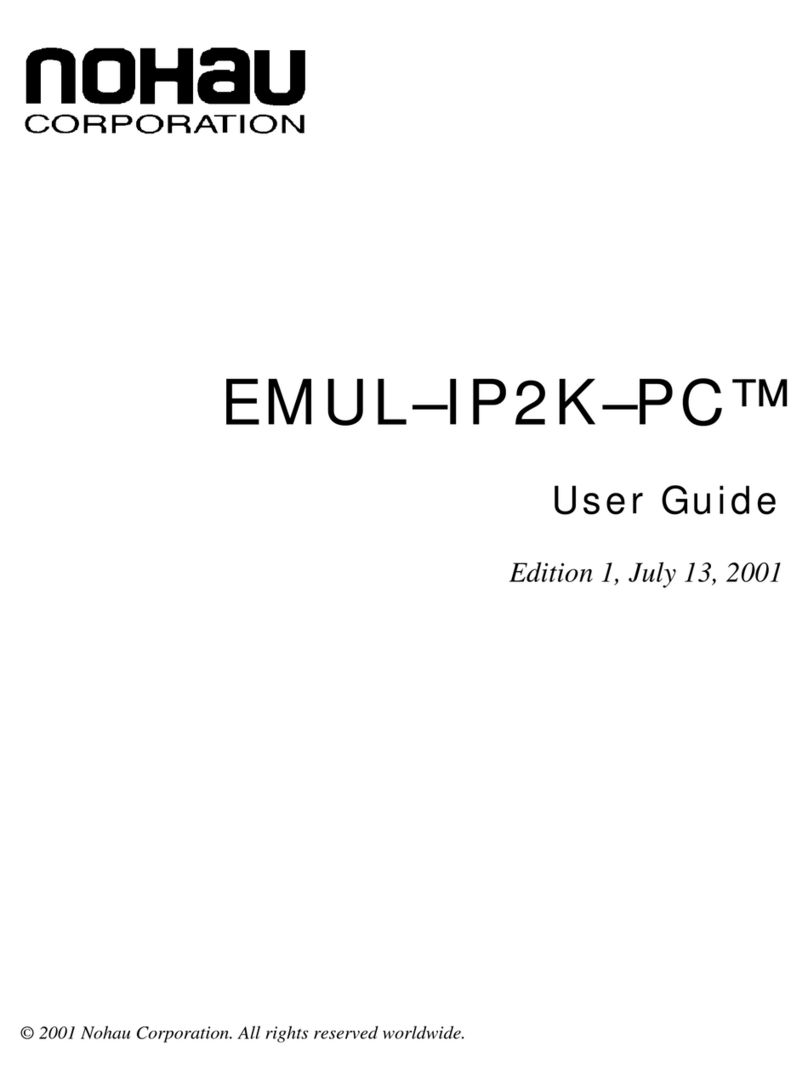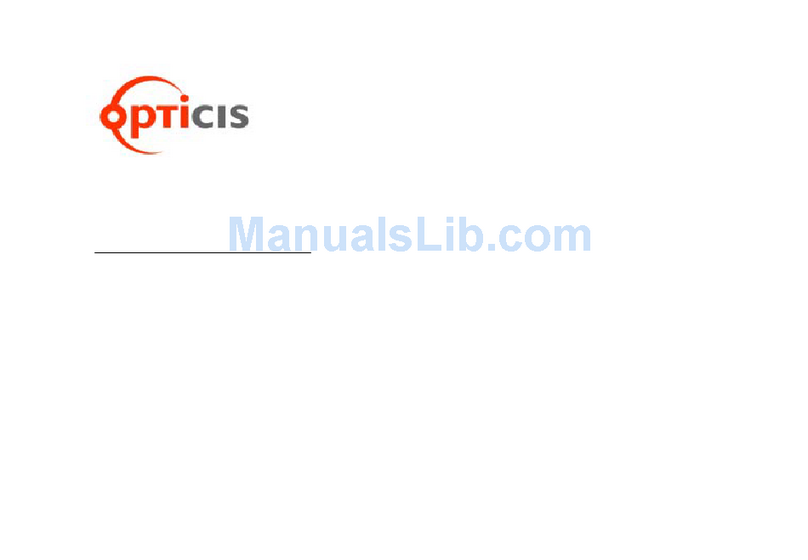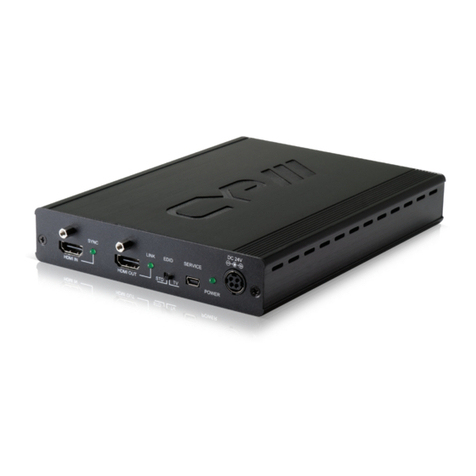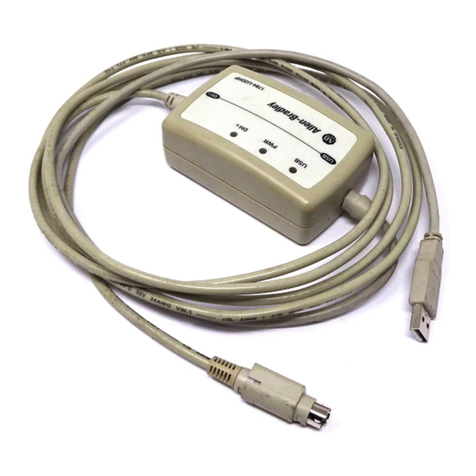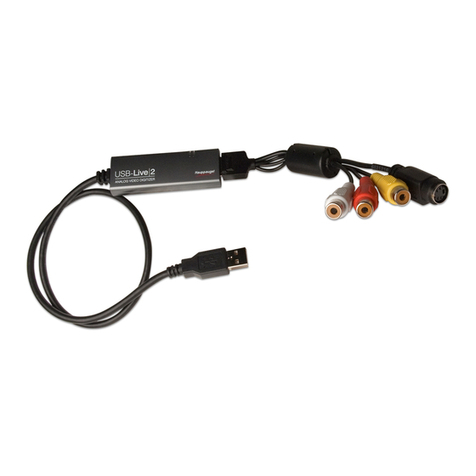
Installation Guide Self-limiting cables on drum
1 Introduction
In this installation guide, the phrase“heating cable”refers to
self-limiting cables on drums. To get the full installation guide, warranty registration,
product information, tips & tricks, addresses, etc.
visit www.devi.com
.
2 Safety instructions
Heating cables must always be installed according to local
building regulations and wiring rules as well as the guidelines
in this installation manual.
• De-energize all power circuits before installation and service.
• Residual current device (RCD) protection is required. RCD trip
rating is max. 30 mA.
• The screen from each heating cable must be connected to
earthing terminal in accordance with local electricity regulations.
• Heating cables must be connected via a switch providing all
pole disconnection.
• The heating cable must be equipped with a correctly sized
fuse or circuit breaker according to local regulations.
• Never exceed the maximum heat density (W/m or W/m²) for
the actual application. Refer to Application Guide.
• Heating cable must be used together with an appropriate
thermostat to secure against overheating and reduce energy
consumption.
The presence of a heating cable must
• Be made evident by axing caution signs in the fuse box
and in the distribution board or markings at the power
connection ttings and/or frequently along the circuit line
where clearly visible (tracing).
• Be stated in any electrical documentation following the
installation.
For use with sprinkler systems
• The alarm output shall be connected to and monitored by
the re detection alarm system.
• Systems shall be permanently connected to the power supply.
• Minimum ambient temperature shall not be less than -5°C.
• If backup power is being provided for the building electrical
systems, it shall also provide backup power supply for the
trace heating system.
• Heating system for sprinkler systems should be indicated
by "for supply piping and branch lines including sprinkler
heads".
3 Installation guidelines
• It is not recommended to install heating cables at tempera-
tures below -5°C.
• Heating cable bending diameter must be at least 10 times
the cable diameter (to the inside of the cable).
• Do not bend connections.
• Free end from cold lead and kit components must be
protected by installer to avoid water from coming in.
• Ensure that the cable is suciently xed and mounted
according to the installation guide.
• The heating cables must be temperature controlled.
• Ensure controllers and sensors are connected according to the
applicable installation guide and/or application guide.
• Measure, verify and record insulation resistance during
installation.
• Persons involved in the installation and testing of electrical
trace heating systems shall be suitably trained in all special
techniques required. Installations are intended to be carried
out under the supervision of a qualied person.
4 Application overview
Pipe tracing Tank frost
protection
Sprinkler
systems
Domestic hot
water
Roof and
gutter
DEVIpipeguard™ LSZH (T)
DEVIpipeguard™ (B)
DEVIpipeguard™ Industry
DEVIhotwatt™ (B)
DEVIiceguard™ (T)
DEVIiceguard™ (B)
Heating cables can be customized for the specic project, depending, length of heating cable and length of cold leads.
DEVIiceguard™ heating cables should not be in direct contact with bitumen. For more details contact your local DEVI sales company.
Note: It is the full responsibility of the installer/designer to use proper cold lead dimensioned for the purpose and assembly
sets that establish sucient mechanical strength, ammability resistance, UV resistance and water proong - and to design
the heating unit with correct output for the specic application to avoid overheating of the cable or building materials.
Regarding other types of applications please contact your local DEVI sales company.
More information about applications (maximum linear output, specic output, heating circuit length, voltage etc.) can be found
at www.devi.com
3DEVI AN384935621519en-010101
